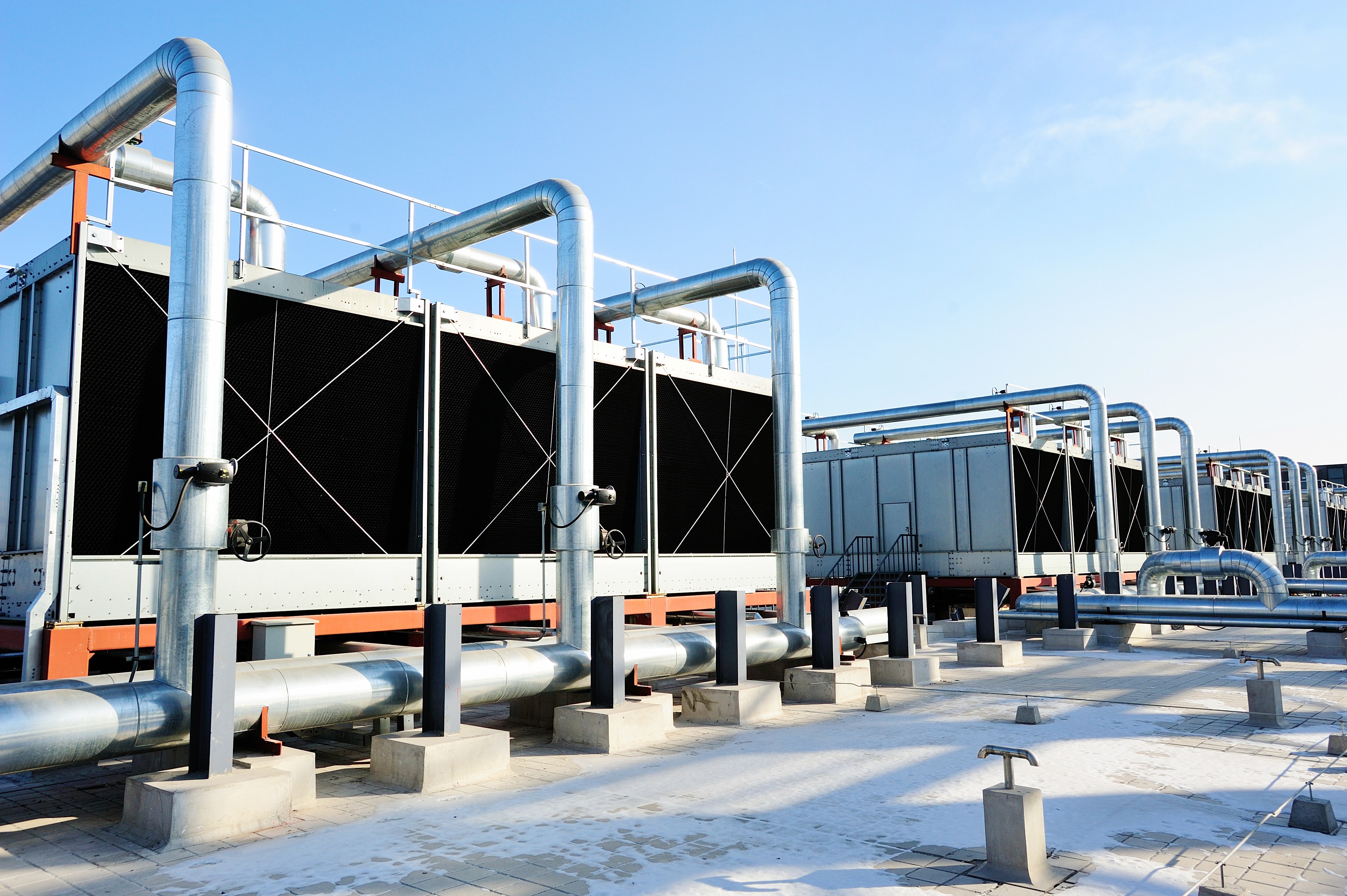
Cooling has always been a critical component of the data center environment. Computer systems generate waste in the form of heat, and like all waste, that heat must be removed for the systems to function properly and efficiently.
For most traditional data enter environments, a computer room air conditioner or computer room air handler unit is used to cool the entire facility. The chilled air may be pumped into the room through ducts or distributed via a raised floor system. However they do not take into account the location or distribution coming from these systems.
CRAC/CRAH cooling systems are therefore highly inefficient and can lead to “hotspots” that can harm sensitive equipment. To prevent unplanned outages and performance problems due to unmanaged heat, data center operators often overprovision cooling capacity. This wastes massive amounts of energy without solving the problem.
Strategies to optimize data center cooling
Get Rid of Hotspots
- Data center hotspots are not caused by inadequate cooling capacity but rather by problems with airflow — the chilled air is not reaching the IT equipment. Agencies can resolve airflow issues by bringing cooling systems closer to the heat load and ensuring that chilled air does not mix with hot exhaust air.
- In-row cooling systems create a shorter airflow path than the currently used units, so the chilled air reaches the IT equipment more quickly. Virtually all of the cooling capacity is used to dissipate heat.
- Combining in-row cooling with aisle containment further increases efficiency. Aisle containment systems are designed to prevent the mixing of chilled intake air with hot exhaust air. Traditional data centers often use hot aisle containment, in which racks and cabinets are arranged with the server exhausts facing each other. The hot exhaust air is isolated and sent directly to the CRAC unit. In-row cooling is often used in conjunction with cold aisle containment. Then the cold aisle is enclosed to create a closed-loop arrangement that focuses chilled air on the equipment.
Power of Evaporation
- Most data center cooling units are direct expansion (DX) air conditioning systems, which use a refrigerant to directly cool the air coming into the unit. As data center power densities continue to increase, however, many data centers are using water to cool equipment.
- Water has about four times the thermal capacity of air, making it an efficient medium for cooling. In the typical data center system, water is chilled to about 59 degrees Fahrenheit using a DX unit, then pumped to a CRAH.
- Adiabatic systems, which are based upon the cooling properties of evaporation, can be even more efficient. They use less water and require less maintenance than chilled water systems. Ambient air is passed through a wet filter that cools it. The air then enters the cooling system at a lower temperature, which allows for more efficient operation.
As data center heat loads continue to increase, government agencies need a new strategy for keeping the environment cool while keeping a lid on energy costs.



